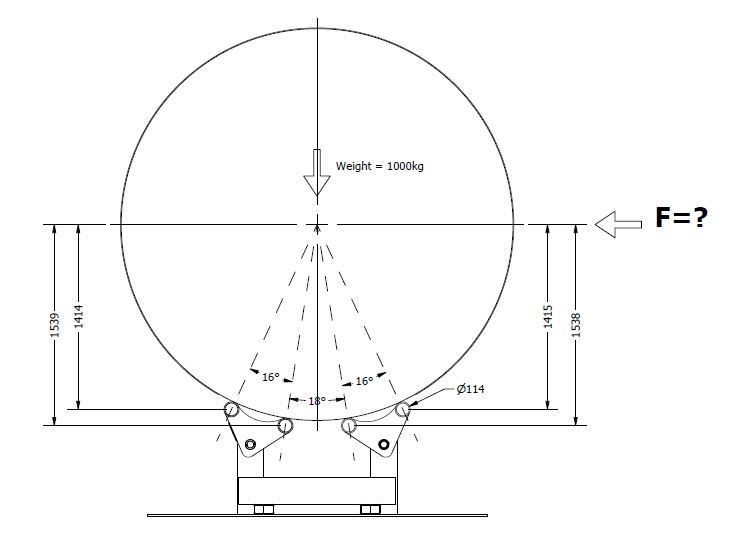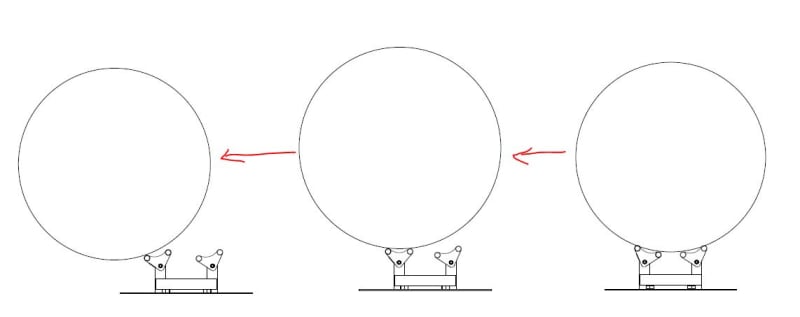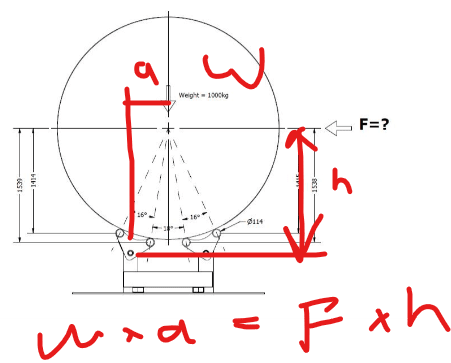Hello good people of Eng-tips,
I need your help with a unique problem I have encountered. I am designing a tank stand for our shop and I need to calculate how much force would be needed to push the tank over the stand. See attached picture for reference, I can provide additional dims if needed. Thanks in advance for any help/tip you might provide.
Thank you
FR

I need your help with a unique problem I have encountered. I am designing a tank stand for our shop and I need to calculate how much force would be needed to push the tank over the stand. See attached picture for reference, I can provide additional dims if needed. Thanks in advance for any help/tip you might provide.
Thank you
FR



